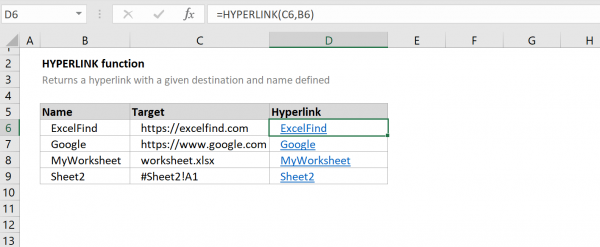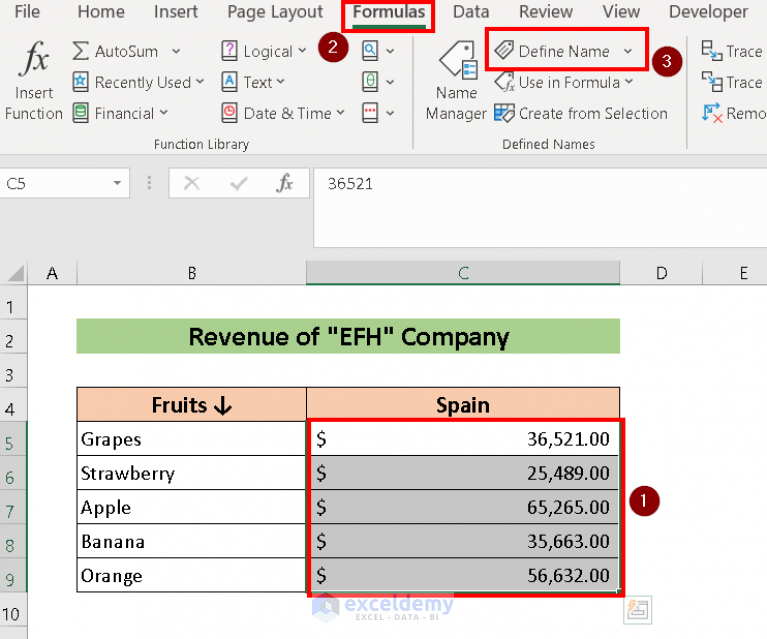5 Ways to Hyperlink Excel to Emailable Sheets

Linking your Excel spreadsheets to emailable sheets can revolutionize the way you share and collaborate on data. Imagine the convenience of sending dynamic, automatically updated reports to your team or clients with just a few clicks. This process not only saves time but also reduces errors by ensuring everyone has access to the latest information.
Understanding Emailable Sheets

Before diving into the techniques, it’s crucial to understand what an emailable sheet is. Essentially, an emailable sheet is a document that can be sent via email, but with the added benefit of being live, interactive, and often automatically updating. These sheets can be:
- PDFs: Static documents that capture the state of your Excel workbook at a specific time.
- Excel Files: Direct files sent as attachments, often with dynamic or live data links.
- Google Sheets: Cloud-based sheets that can be edited by anyone with access, reducing the need for repetitive emails.

Method 1: Using Excel’s Built-in Sharing Features

Microsoft Excel offers native features to share documents. Here’s how you can utilize them for emailable sheets:
- Share via Email: Send a link or an attachment directly from within Excel.
- Share Workbook: Enable real-time collaboration by sharing the workbook online.
📝 Note: When sharing, ensure that your workbook contains no sensitive data unless you’re using Excel’s encryption features.

Method 2: Hyperlinking to External Documents

Hyperlinking parts of your Excel sheet to external files or documents can streamline workflows:
- Select the cell or text you want to hyperlink.
- Right-click and choose “Hyperlink.”
- Enter the file path or URL to the emailable sheet.
Here’s a table illustrating different types of hyperlinks you can create:
| Hyperlink Type | Usage |
|---|---|
| File Path | Link to a local document or another sheet within the workbook. |
| Create an email link with a subject and body prefilled. | |
| Web URL | Link to an online resource or cloud-based document. |

Method 3: Using Power Query for Dynamic Data

Power Query is Excel’s tool for data transformation, allowing you to import and update data from various sources:
- Go to “Data” tab > “Get Data” > “From Other Sources.”
- Select your source (e.g., Google Sheets, online Excel, etc.).
- Follow the prompts to import the data into Excel.
💡 Note: Power Query can automate the data updating process, making your emailable sheets always current.

Method 4: Email Automation Using VBA Macros

VBA (Visual Basic for Applications) macros provide a customizable way to automate email tasks:
- Open the VBA Editor by pressing ALT + F11.
- Create a new module.
- Write or paste the code for email automation.
An example of VBA code to send an email could look like this:
Sub SendEmail() Dim OutlookApp As Object Set OutlookApp = CreateObject(“Outlook.Application”) Dim email As Object Set email = OutlookApp.CreateItem(0)With email .To = "recipient@example.com" .Subject = "Updated Report Attached" .Body = "Please find the latest report attached." .Attachments.Add ActiveWorkbook.FullName .Send End With Set email = Nothing Set OutlookApp = Nothing
⚠️ Note: Be cautious with macros; they require enabling from Excel settings to run, posing a security risk if not properly managed.
Method 5: Using Third-Party Add-ins

Various add-ins can simplify the process of linking Excel to emailable sheets:
- Automate.io: Automates workflows across platforms.
- Supermetrics: Integrates with multiple online services to fetch and send data.
- Smartsheet: Provides cloud-based solutions for work management and sheet sharing.
🚨 Note: Always research the compatibility, pricing, and reviews before investing in third-party tools.
Summary

To wrap up, linking Excel spreadsheets to emailable sheets offers substantial benefits in terms of efficiency, collaboration, and data integrity. By leveraging Excel’s sharing features, creating hyperlinks, using Power Query, automating emails with VBA, or employing third-party tools, you can transform how you share data. These methods cater to different needs, allowing for customization based on your workflows and requirements.
The key takeaways include:
- Understanding the nature of emailable sheets.
- Utilizing native Excel features for quick sharing.
- Linking to external documents for streamlined access.
- Automating data retrieval and updates with Power Query.
- Customizing email processes through VBA or third-party add-ins.
By mastering these methods, you can revolutionize your data communication and collaboration processes.
Can I share an Excel sheet with editable permissions?

+
Yes, Excel allows you to share a workbook with editable permissions using the “Share Workbook” feature. This enables real-time collaboration where multiple users can edit the document simultaneously.
Are emailable sheets secure?

+
Yes, but security depends on how you manage and share them. Use encryption for Excel files, manage sharing permissions on cloud-based solutions like Google Sheets, and avoid sending sensitive data through unprotected means.
What are the advantages of using Power Query over traditional data import?

+
Power Query automates data retrieval and updates, making your sheets dynamically linked to the data source. This reduces manual updates, ensures data accuracy, and saves time.



